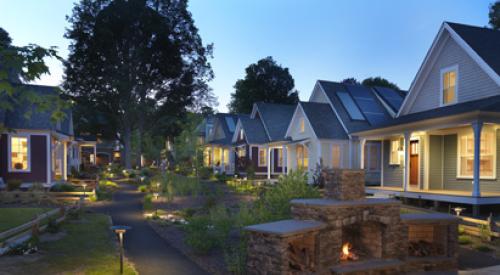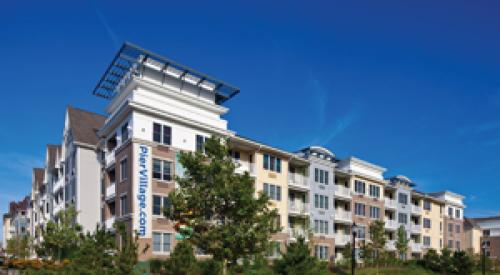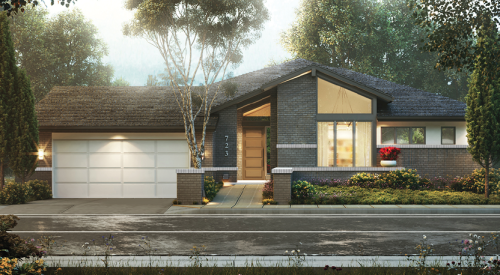 |
|||||||||||||||||||||||||
|
Mass produced housing came to California in 1950 with this development, followed one year later by the opening of Butler Brothers, a department store in the Lakewood Shopping Center.
|
|||||||||||||||||||||||||
 |
|||||||||||||||||||||||||
|
|
|||||||||||||||||||||||||
To this day, one can drive through Lakewood and get a comfortable feeling — a sense that in this early post-war California city, somebody — a lot of somebody's — really cared about the place. More diverse in its housing types than Levittown, it was characterized by a greater variety of designs and price ranges to appeal to a more diverse housing market. The physical arrangement, based on a simple grid system, was not very creative but worked where the land wasn't controlled by a single owner.
What was hugely creative was the widely copied mechanism Lakewood invented to enable it to economically incorporate and function as a municipality. It couldn't afford to pay for the complete gamut of public services that even then were required to satisfy public health, safety and welfare. So community leaders devised an arrangement for contracting with the County of Los Angeles for police and fire protection, as well as road maintenance and trash collection. By enjoying the economy of scale such an arrangement offered, these functions were affordable and allowed the new City government to focus on other community needs.
The Lakewood Plan — a form of governance and not a physical design concept — spawned an extensive surge of incorporations by adapting this concept to local needs. In fact, the Lakewood Plan recently received the 2004 Historic Award from the California Chapter of the American Planning Association. In its many manifestations, highly creative versions of contract services entail not only an array of County-provided services, but include inter-city contracts as well. If a private contractor is not competitive for a particular service a city wants to contract out, it finds another public agency that does it well and effectively. The result is a public service bargain.
Strategically, Lakewood also offers a good example of capitalizing on economic leverage. In this case it was provided by the then Douglas Aircraft facility, which was one of California's major players in the massive aerospace industry that once dominated southern California. Lakewood was Douglas' answer to providing housing for its huge workforce. Until the eventual downturn of this industry a couple of decades later, Douglas provided what every community needs one way or another: jobs.












